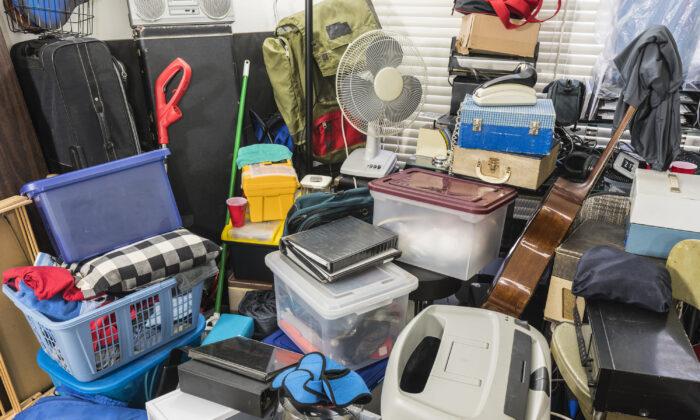MINNEAPOLIS -- Greg Rue remembers feeling “slammed” when Arc’s Value Village Thrift Stores and Donation Centers in the Twin Cities reopened in May 2020.
“We went from 200 or 300 donors a day [pre-pandemic] to 600 donors a day just at our Richfield location,” said Rue, director of thrift business. “It was nuts. People took stock of what they wanted and no longer wanted.”
The new anti-materialism age had arrived!
Well, not quite.
These days, donations to Arc’s Value Village are “steady,” Rue said, but nowhere near those higher numbers. “We’re still a consumer society,” Rue said. “People are still out buying.”
Suzanne Austin agrees.
“Consumption is the American way, and there’s an addictive component to that,” said Austin, of Maple Grove. She’s a decluttering expert with Caring Transitions, which provides older adults and their families with assistance as they downsize.
“People like the act of buying,” she said, “but not necessarily the act of using. I don’t know if we'll get away from consumption.”
But for those who would like to try, Austin has plenty of useful tips. And with Father’s Day upon us, she suggests that now is a good time to have talks with aging parents — as well as young adult children — to find out what items are and are not meaningful to them and, thus, worth saving.
Then, let the purging begin!
First, get the conversation going. If you’re trying to help an aging parent declutter to stay put or in preparation for downsizing, you might say something like, “Let’s organize the house so it’s a more enjoyable place for family gatherings.”
Accept that we are emotionally tied to some items. “This natural tendency has not changed and I do not see it changing anytime soon,” Austin said. “Photos are probably the number one example. Also, heirloom jewelry such as Mother’s wedding ring or Father’s wedding band. And everyone has a little special collection; birds, coins, paintings from a special trip.”
With such collections, Austin suggests that their owners at least “declutter a little bit.” Do you really need 325 seashells?
Take one section at a time. Delve in for one hour a day. Pick one drawer and declutter that drawer. Return the next day and repeat.
Ask if an item has been used in the past year. “If they haven’t, they’re probably not going to use it again,” she said. With nicer items, think about someone who could enjoy it. Gifting it, Austin said, can take the sting out of letting something go.
Realize most of the value is sentimental. This is a tough one. Austin tells the story of a client who had owned an expensive dining room table for 40 years. She took it to a consignment shop. It sold — for $11. She was distraught until Austin told her that the table had gone to a tremendously grateful refugee family who would now make their own memories around it.
Focus on ’the incredibly rewarding' feeling of walking into a decluttered room. That just might help you avoid mindless consumption.
And if it doesn’t? You could always become a decluttering expert like Austin.
“I have become very minimalistic in this business,” Austin said. “It’s important to enjoy the things you have. But if you don’t enjoy them, get rid of them.”






